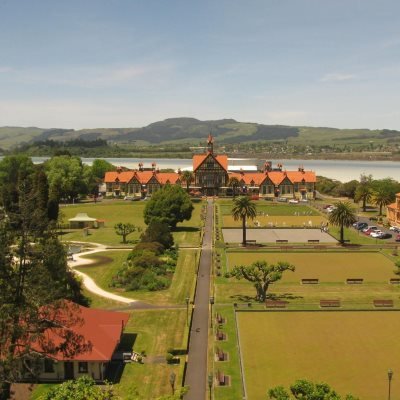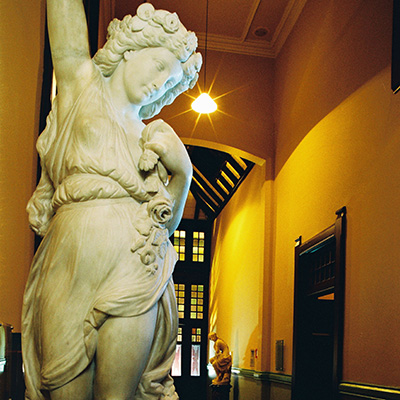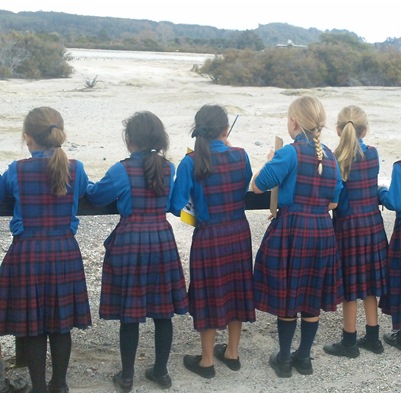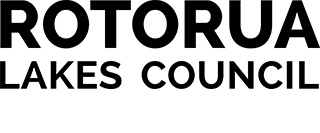Te ‘Epetoma o te reo Māori Kūki ‘Āirani – Cook Islands Māori Language Week
Sunday, 30 July 2017
Kia ōrāna,
This blog is the second in our journey of 2017 Pacific Language Weeks. This week is Cook Islands Māori Language Week and the theme is “`Ei rāvenga nāku i te tuatua i tōku reo Māori Kūki ’Āirani ka anoano au i te turuturu ā tōku ngutu`are tangata `ē te matakeinanga: An encouraging home and community environment is what I need to build my love and my confidence to speak my reo Māori Kūki ’Āirani”.
Art forms such as tīvaevae (Cook Islands quilt) have the ability to build a love and confidence of reo Māori Kūki ’Āirani that is passed down through generations. Tīvaevae can be made alone in the home and also through va’ine tini, a larger community group of women, who meet, share knowledge of patterns and stitches, sing and talk. Tīvaevae is not only an art form, they are a labour of love that is gifted at important occasions, such as weddings, 21st birthdays and hair cuttings. We’re taking a look back into our own history to see how tīvaevae making in Rotorua has contributed to the love and celebration of heritage.
Rotorua Museum Te Whare Taonga o Te Arawa has a long history of working with the Cook Island community, celebrating their heritage and art forms. In fact, Rotorua Museum was the first museum institution to have an exhibition in 1989 titled Tivaevae: Cook Island Quilts. This exhibition showcased a collection of tīvaevae created by local women, and was spearheaded by Ake Mitchell and Rei Ruaiti.[1] The following decade saw an increased recognition of tīvaevae as an art form visible in a number of exhibitions around New Zealand including Pacific Threads[2] 1989 at the Fisher Gallery, Auckland and Te Whare Puanga 1993 exhibited by City Gallery, Wellington.
We caught up with tīvaevae maker Ake Mitchell at her home in Rotorua, and talked about tīvaevae and her memories of the exhibition 27 years ago.
Tīvaevae maker, Ake Mitchell, talks to Rotorua Museum about how she learnt to make tīvaevae, why she makes tīvaevae, and her experiences of exhibiting tīvaevae overseas and in Rotorua.
Footnotes
[1] “Quilts reflect influence of two cultures”, Rotorua Daily Post, February 15, 1989, 16.[2] Pacific Threads was exhibited from March-April 1989. “Tivaevae in Auckland, March – April 1989”, Pacific Quilts, June 1989; 9.









 ASSISTANT EXHIBITIONS CURATOR
ASSISTANT EXHIBITIONS CURATOR

